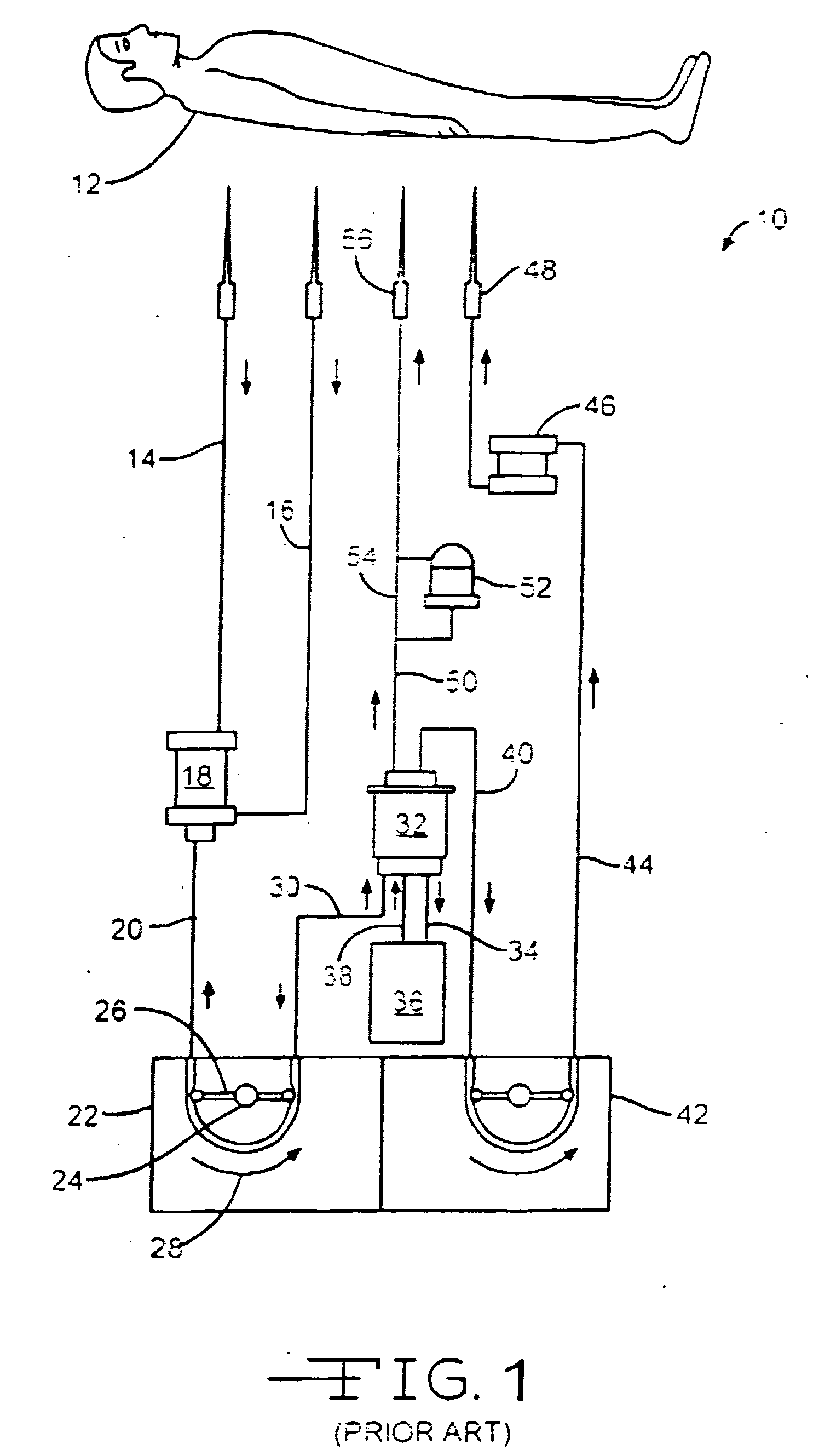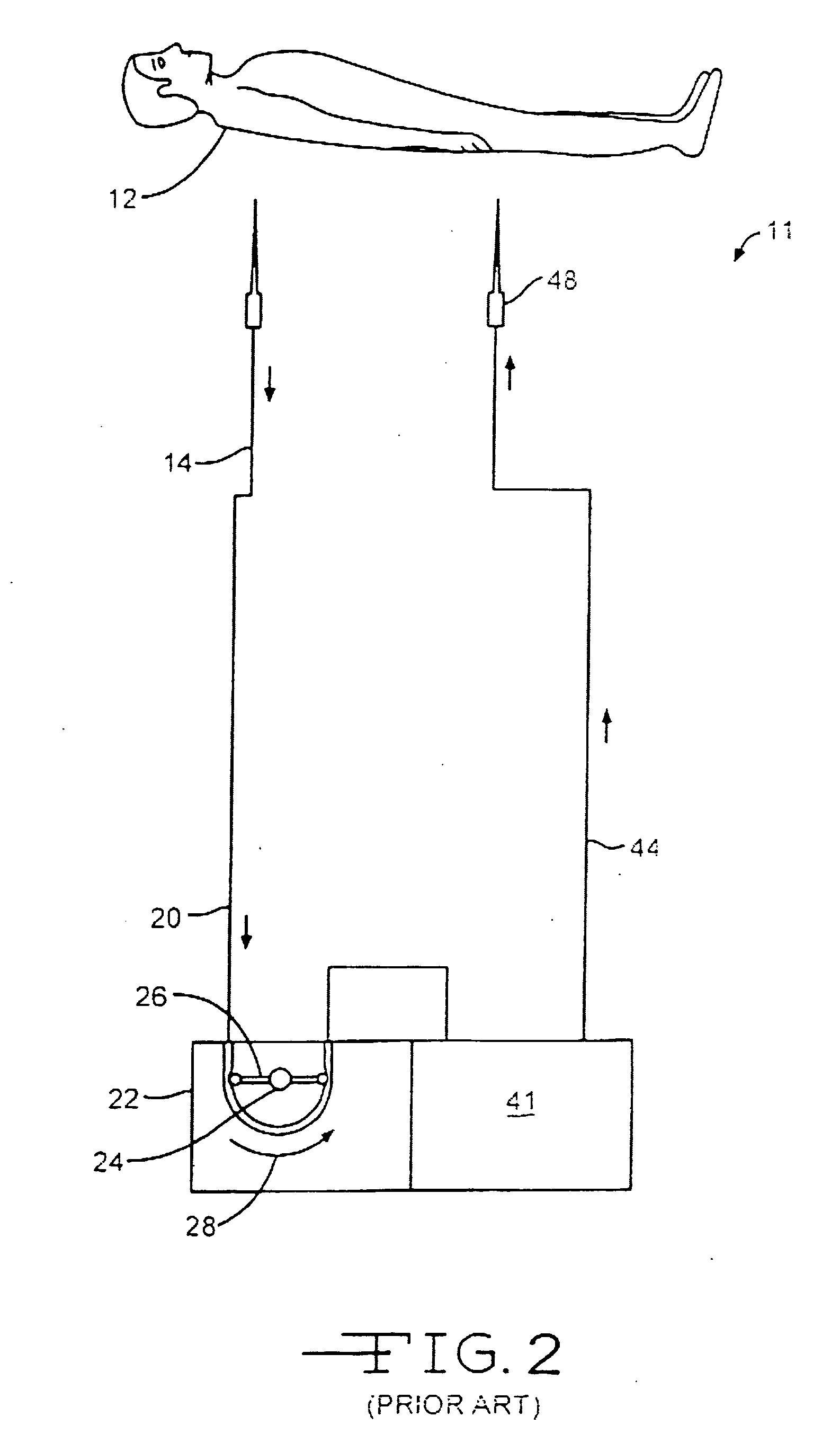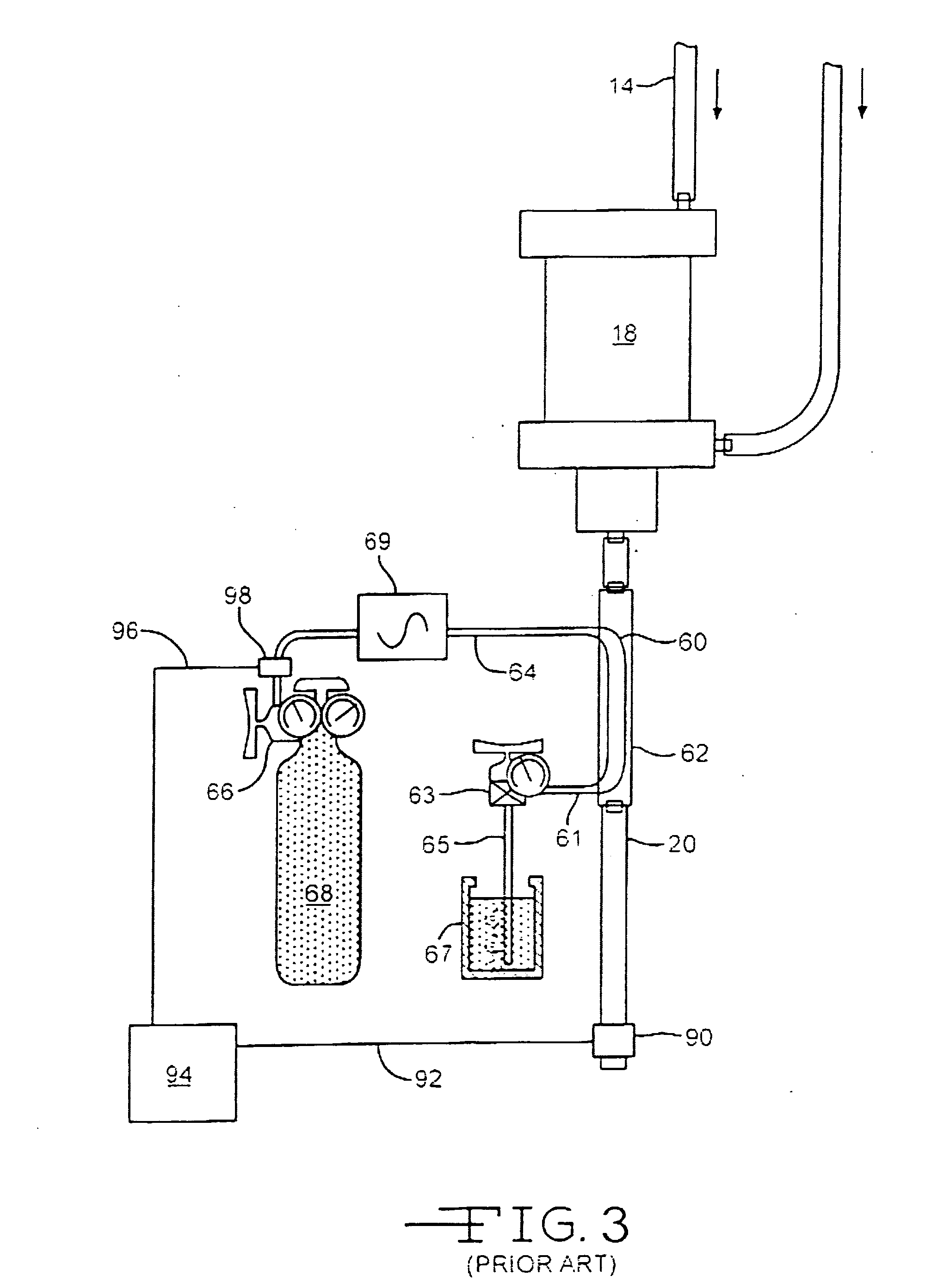Use of nitric oxide in the treatment and disinfection of biofilms
a biofilm and nitric oxide technology, applied in the field of obtunding biofilms, can solve the problems of increasing the resistance of infective agents such as bacteria to conventional antibiotic therapy, increasing the number of resistant strains of bacteria, and being available only to a limited patient population, so as to eliminate the effect of pump starvation
- Summary
- Abstract
- Description
- Claims
- Application Information
AI Technical Summary
Benefits of technology
Problems solved by technology
Method used
Image
Examples
example 1
[0106] Objective: To determine if exposure to gaseous nitric oxide (gNO) affects the ability of B. cenocepacia C8963 to form a biofilm in a 96-well microtiter dish assay.
[0107] Methods: B. cenocepacia C8963, a non-mucoid isolate from a cystic fibrosis (CF) patient, and C9343, a mucoid isolate from the same patient, were spotted on Luria Broth agar and grown at 37° C. overnight. Luria broth containing 0.5% (w / v) casamino acids was dispensed into 96-well polypropylene microtiter dishes (100Φl per well) and the wells inoculated with the C8963 or C9343 using a pin-inoculation device. Blank wells were not inoculated. Dishes were incubated in a humidified, closed plastic container for 24 hours at 37° C. (experiment 1) or in the outer chamber of the matrix incubator (a humidified incubator with controlled air flow) for 27 hours at 37° C. (experiment 2). At 24 hours (experiment 1) or 27 hours (experiment 2), one dish was processed for staining of the bacterial biofilms. The remaining dishe...
example 2
[0120] An experiment was performed to determine the effect of gaseous nitric oxide on biofilms. Biofilms were grown on two tubes over 20-30 days with S. aureus. The then “slimy” tubes were then suspended in saline. Swabs were taken from both tubes and three plates from each tube were made. One set of three plates from one of the tubes was exposed to gaseous nitric oxide at 200 ppm for 24 hours, and the other set of three plates was exposed to air for 24 hours.
[0121] After 24 hours the set of plates exposed to air had far more biofilm than the set of plates exposed to gaseous nitric oxide. As shown in FIG. 11, the bottom row of plates was exposed to air while the top row was exposed to nitric oxide. A visual observation of the plates revealed at least a 50% reduction in biofilm in the plates exposed to nitric oxide over the control plates.
PUM
 Login to View More
Login to View More Abstract
Description
Claims
Application Information
 Login to View More
Login to View More - R&D
- Intellectual Property
- Life Sciences
- Materials
- Tech Scout
- Unparalleled Data Quality
- Higher Quality Content
- 60% Fewer Hallucinations
Browse by: Latest US Patents, China's latest patents, Technical Efficacy Thesaurus, Application Domain, Technology Topic, Popular Technical Reports.
© 2025 PatSnap. All rights reserved.Legal|Privacy policy|Modern Slavery Act Transparency Statement|Sitemap|About US| Contact US: help@patsnap.com



